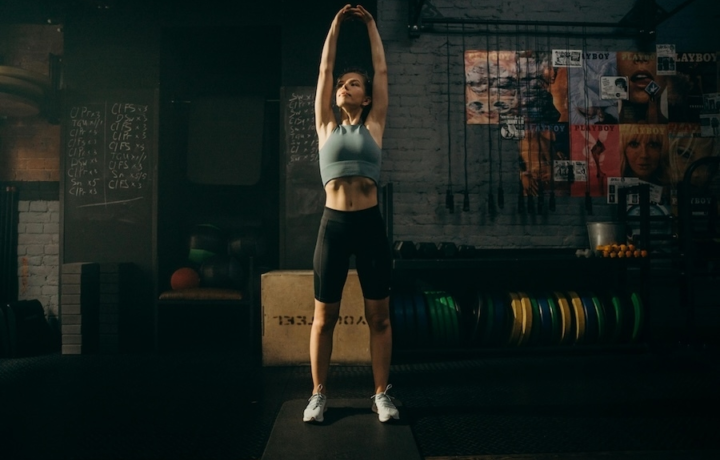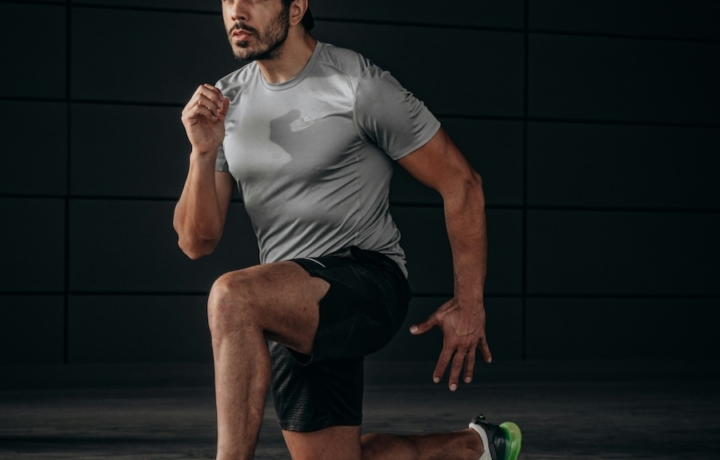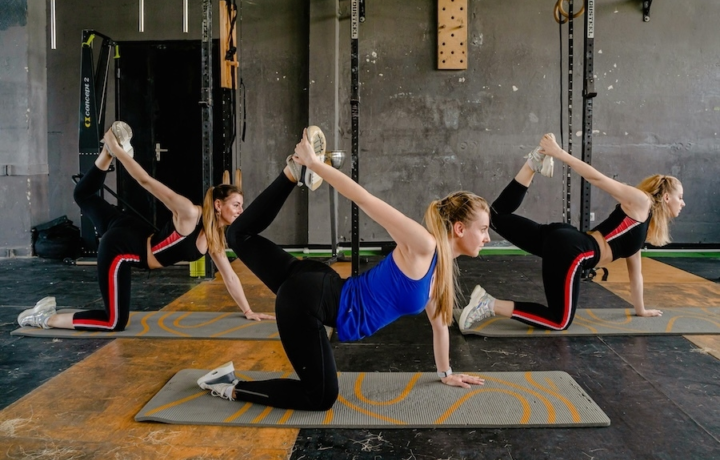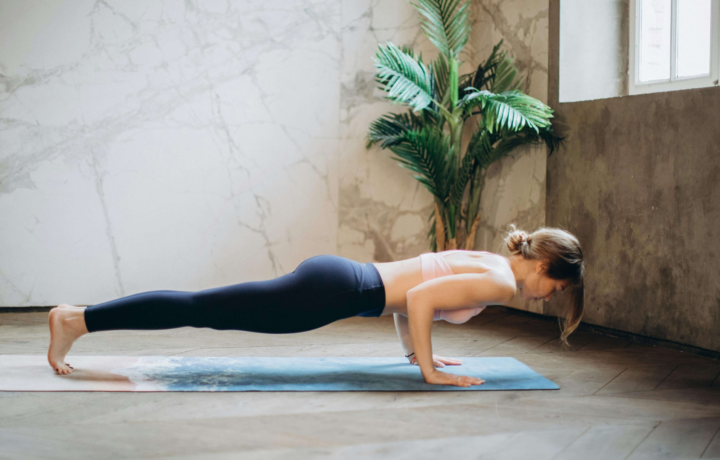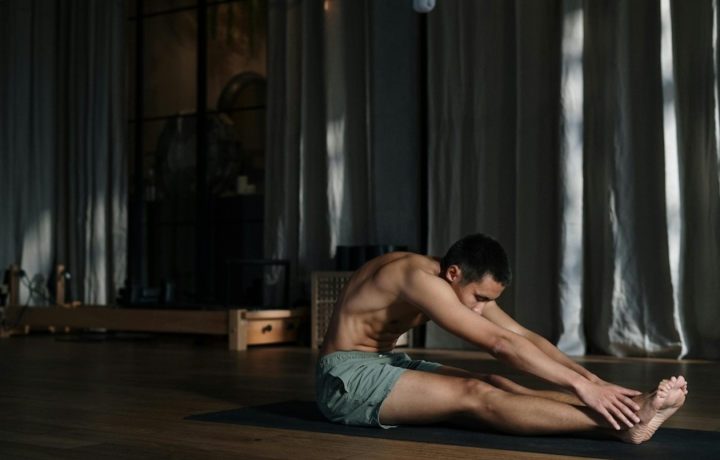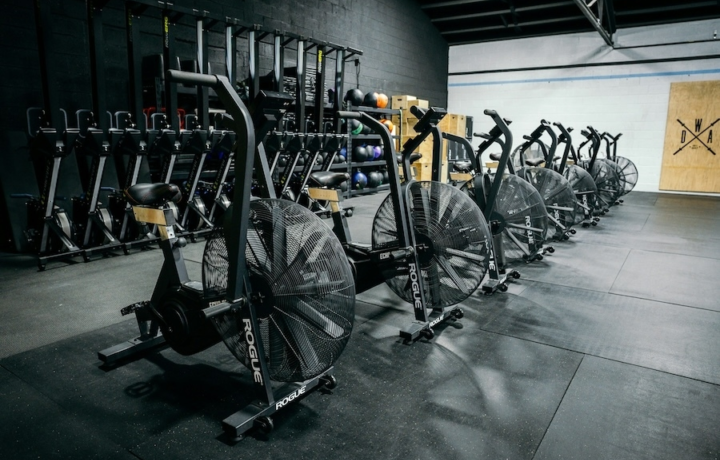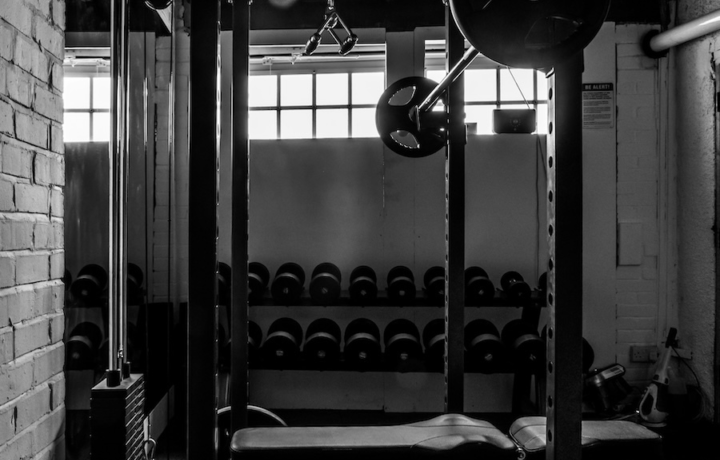Unlock better movement with the right tools and techniques
Mobility
Mobility training is about more than just flexibility: it's the ability to move through full ranges of motion with control, stability, and strength. Good mobility leads to better lifts, smoother movement, and lower injury risk. In this section, you’ll find key definitions, concepts, and frequently asked questions around mobility, including how it differs from flexibility and how to train it effectively.
FAQ (6)
Yes. Regular mobility work increases blood flow, improves tissue quality, and reduces inflammation, all of which speed up recovery.
Absolutely. Good mobility improves squat depth, overhead positioning, and movement efficiency, all of which are essential for strength and injury prevention. It also allows athletes to train through full ranges of motion, maximizing results safely.
Mobility workouts often use tools like resistance bands, foam rollers, lacrosse balls, and yoga blocks. These help with joint distraction, myofascial release, and positioning, but bodyweight-only routines can also be very effective.
Flexibility is about passive range of motion—how far a muscle can stretch. Mobility is about active control—how well you can move a joint through its full range. Mobility is more functional, as it directly improves how you move and perform under load or tension.
Mobility exercises can be done daily, especially if they’re short and low-intensity. Consistency is key — even 5–10 minutes a day can lead to noticeable improvements. If you’re active, adding mobility before and after workouts helps maintain flexibility and reduce injury risk over time.
Some of the best mobility exercises include deep squat holds, shoulder circles, hip openers like the 90/90, and spine mobility drills such as cat-cow or thoracic twists. These movements target areas that commonly become tight due to sitting, lifting, or inactivity. They're simple, effective, and easy to incorporate into any routine.
Definitions
When one joint or muscle overworks to make up for limited mobility elsewhere. For example, if your hips are tight, your lower back might compensate during squats — increasing injury risk. Mobility training corrects these imbalances by restoring natural movement.
Flexibility is how far a muscle can stretch. Mobility is how well you can control movement in that range. Someone might be flexible enough to touch their toes passively, but lack the mobility to hinge properly in a deadlift.
Exercises that combine movement, control, and light resistance to improve how your joints move. Examples include deep lunges with rotation, hip openers, or shoulder CARs (Controlled Articular Rotations). These are often used in warm-ups or movement prep routines.
The ability of a joint to maintain alignment and function under load or movement. Good mobility depends on having stable joints — especially in areas like shoulders, hips, and ankles — to prevent injury and support powerful movement.
Mobility is the active ability to move a joint through its full range of motion with control. Unlike flexibility (which is passive), mobility includes coordination, strength, and stability. It's essential for proper form in exercises like squats, presses, and lunges.












